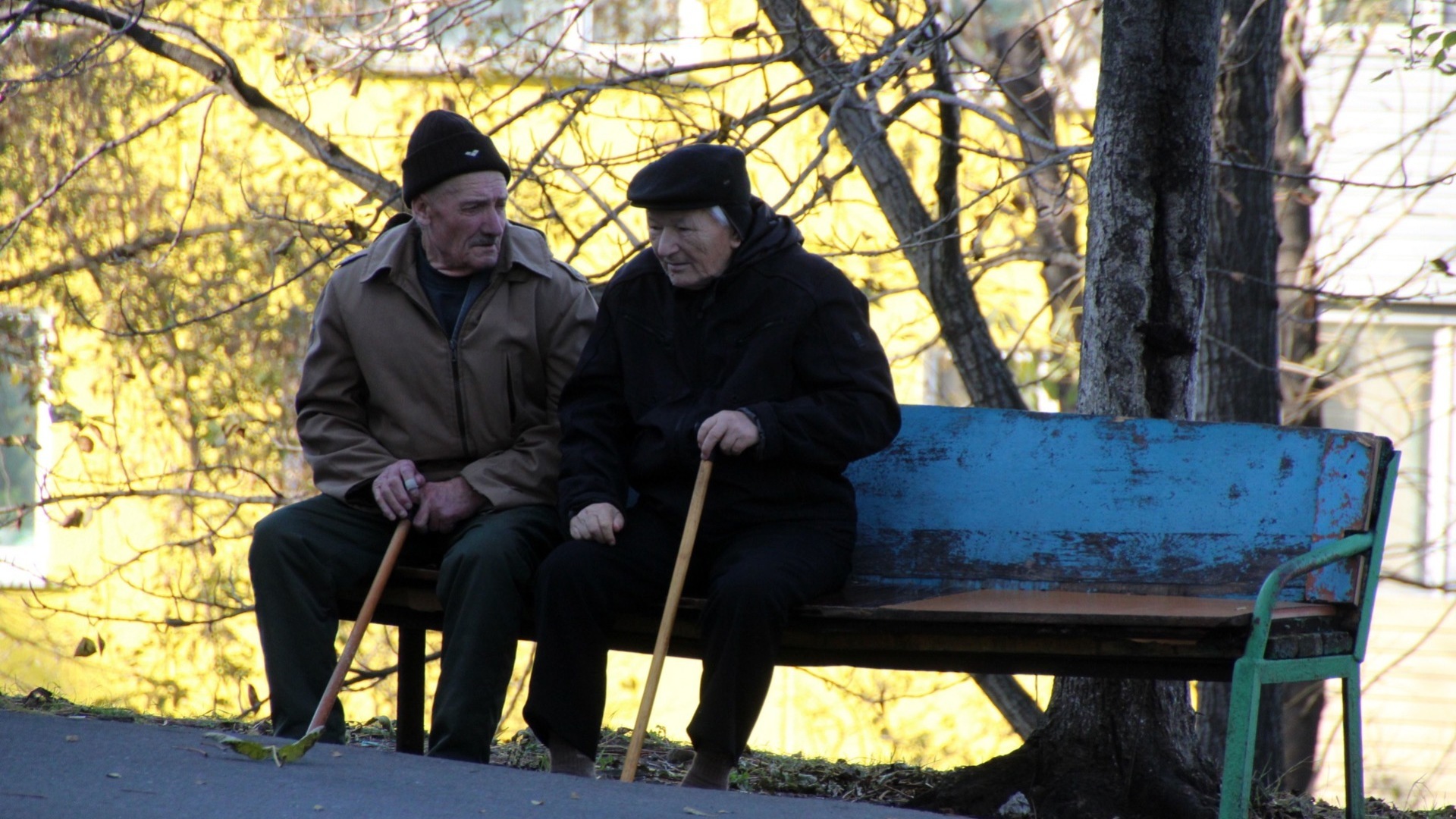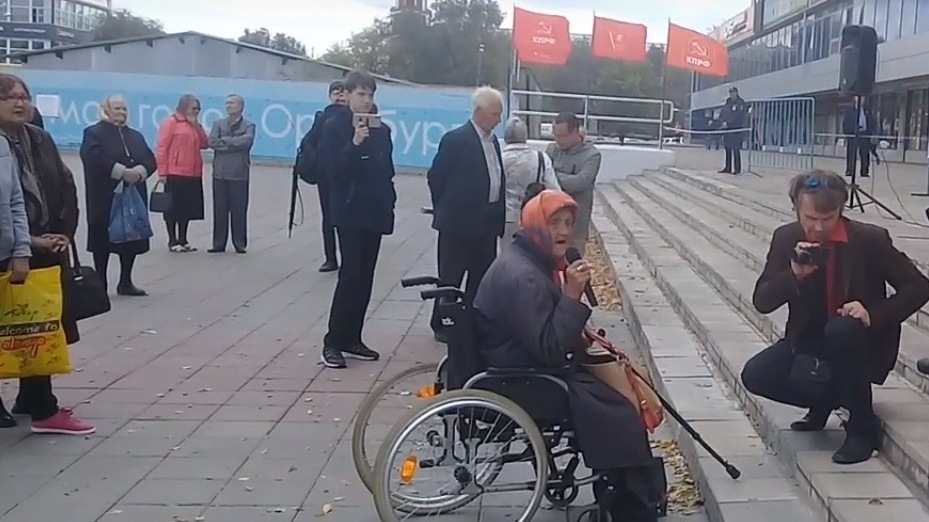Posted 27 июня 2023, 12:08
Published 27 июня 2023, 12:08
Modified 27 июня 2023, 12:35
Updated 27 июня 2023, 12:35

The Ministry of Labor promises double indexation of pensions: what is hidden behind these figures
Yekaterina Maximova
In January 2023, the average old-age insurance pension for non-working pensioners was 21,864 rubles. And in most regions of the Russian Federation, people who are unemployed by age, and even survive 13-16 thousand rubles a month.
From January 1, 2024, the average insurance pension will be indexed once a year (by 5,3%) — up to 22,772 rubles.
Then the government is ready to index pensions twice a year for two years in a row. From February 1, 2025, pensions will increase by 4%, and from April 1 by another 3,8%, to 24,120 rubles. Pensions will also be increased by 4% from February 1, 2026 and adjusted by 2,8% from April 1. Thus, unemployed pensioners after all indexations in 2026 will receive 25,690 rubles, reports RBC with reference to the draft budget of the Social Fund for the planning period 2025-2026.
As Yulia Finogenova, Doctor of Economics, Professor of the Department of State and Municipal Finance of Plekhanov Russian University of Economics, recalled, a two-stage pension increase is not an innovation. The state has already used such a scheme several times. And these were crisis periods. But since 2018, double indexing has stopped.
«When the law on indexation was just being developed, it was said that from February 1, the pension increases by the inflation rate of the previous year, and Rosstat had to adjust inflation just by February. The second stage, from April 1, implied an increase in the pension either to increase the income of the Pension Fund, or to increase wages in the economy. But at some point they forgot about the second point. Since January 1, 2018, one-stage indexing has been carried out. And such an increase was explained by the fact that the government simply predicted what the inflation rate might be and carried out this indexation at a faster pace.In 2025-2026, we are, in fact, returning to the system that was a few years ago, » explained Yulia Finogenova.
Economist Nikolai Kulbaka notes that the annual inflation observed by the population (and not the official data of the Central Bank) was 13,9% in June. And the fact that in Russia will raise pensions twice in 2025 and 2026, which will be reduced to banal compensation for inflation.
«Approximately in the area of inflation, the increase is obtained. Therefore, yes, the government simply compensates for the price increase, there is nothing else in the plans, » Nikolai Kulbaka said.
In addition, he notes, Rosstat does not take into account separate inflation for population groups.
«There is no separate inflation for pensioners or, say, for workers. It counts as a whole. And it turns out that we cannot accurately calculate the inflation rate for pensioners. The second point is that our inflation is also very different by region. And in these conditions, it is very difficult to calculate inflation well so that it compensates for everything that is happening, So very average figures are used, which, of course, are intended primarily for satisfactory reports of officials, » the economist Kulbaka summed up.
Yulia Finogenova adds that the purpose of the two—stage indexation of pensions is to ensure an increase in the standard of living of pensioners, to increase the purchasing power of pensions.
«But, it seems to me, it is more correct to link this second indexation to wage growth, and not to the income growth of the Social Insurance Fund, » adds Finogenova.
Since January 1, 2023, pensions have increased by 4,8%. The average increase was one thousand rubles. And the average pension (21,864 rubles) is slightly higher than the minimum subsistence minimum per capita, which is 14,375 rubles.
And as economist Konstantin Selyanin explained earlier in an interview with Novye Izvestia, only in Russia uses a unique method of determining the level of poverty. The level of poverty is given as the level of survival.


But the Russian cabinet believes otherwise. In the materials to the draft budget of the Social Fund, it is noted that «the ratio of the average annual insurance pension to the pensioner's subsistence minimum in 2024 will be at least 161,4%.» In the next two years, the indicator will decrease to 157.3 and 153,3%, respectively. The ratio for non—working pensioners will be higher — from 177,1% in 2024 to 170,7% in 2026. But salaries will grow faster.
The ratio of insurance pension and salaries will decrease: from 27% in 2024 to 26,3% in 2026.
Earlier, Yulia Finogenova reported to Novye Izvestia that after the reform and the leapfrog with the funded part, the average pension amount in Russia is equivalent to no more than 30% of the average salary in the country.
«But if we take the median salary and the average pension of a non—working pensioner, it will be more than 40%, that is, the minimum replacement rate recommended by the Convention of the International Labor Organization, » Yulia Finogenova clarified.
Representatives of the Ministry of Labor recently reported that by 2025 the number of pensioners in Russia will grow by 2,4%. And in two years, almost 40 million Russians will be considered pensioners. The share of people over the working age is still about 25% of the country's population.
Recall, according to the forecast of the Bank of Russia, inflation in 2023 will be 4.5–6.5%. And it will return to the level of 4% in 2024.